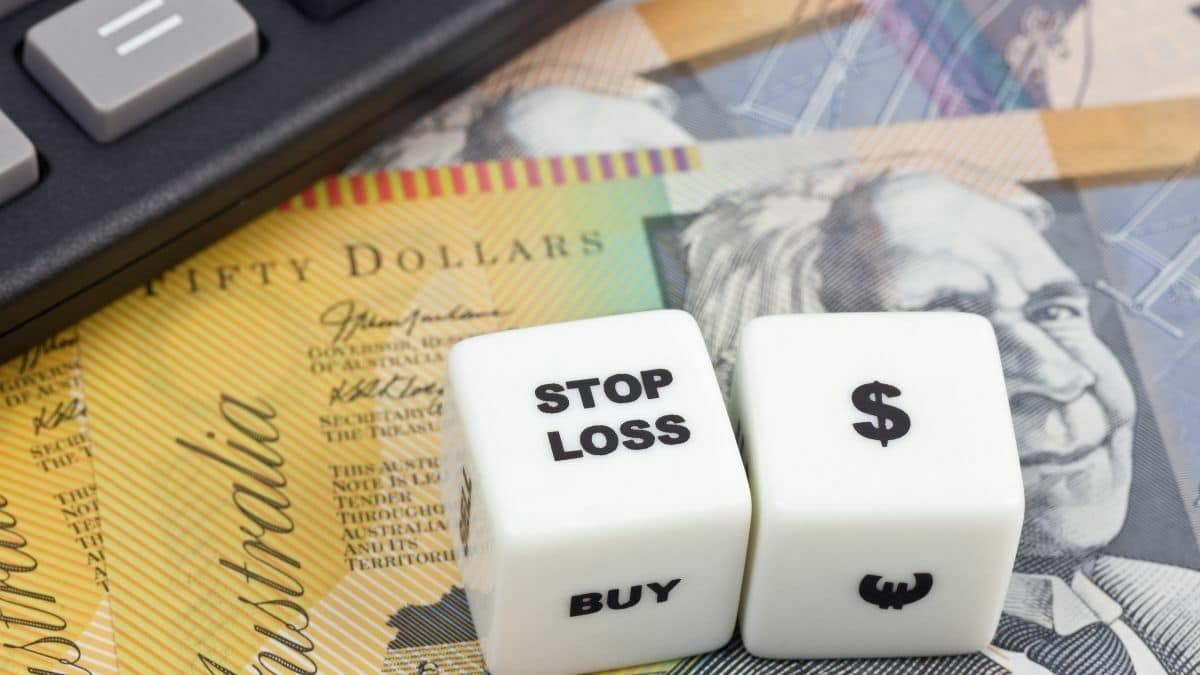How to Set a Stop Loss-A Stop-loss is a price level on a chart. A trader will accept the mistake and exit for a minor loss after a trade entry.
If the trade is right, a stop loss will place at the level where the price should not go. they lose too much money when a transaction doesn’t work out. Losses to a minimum in order to maintain a healthy risk/reward ratio, with losing transactions half or one-third the size of winning deals.
We determine Profitability by your risk/reward ratio rather than your victory rate. We set stop loss on a major technical level on a char.
How to set a stop loss on a trade:
- A stop loss should be part of your trading strategy from the start, not after the fact.
- Before you get emotional over accepting a lost deal, it’s best to set a stop loss.
- If the transaction is going to work out in your favour, a stop loss should be placed at a price level where the price should not go.
- We set stop loss on critical technical levels, not set on personal opinion.
- Setting a stop loss based on a meaningful price level rather than a flat % loss from entry is preferable.
- We Set a stop loss first, then we set position size according to the size loss you’re willing to accept if it’s triggered.
- We set stop-loss on a level where a low risk is assume,To maximize your chances of success.
- The optimal stop loss is, when the trade is first triggered, rather than waiting for a reversal, which usually results in a larger loss.
Stick To Your Plan
- If you don’t stick to your trading plan, you’re not controlling risk or remaining disciplined.
- The longer you wait to stop losing, the more difficult it will be to depart afterwards.
- Your position size should be smaller the further your stop-loss is from your entry price.
- Don’t let your ego force you to lose a lot of money because you don’t want to admit you were incorrect.
- Set your stop loss at these technical levels:
- A loss of a supporting trend line could be the stop loss for chart patterns.
- The loss of the preceding candle’s low could be a useful stop placement for candlestick chart trading.
- We use moving average signal to enter a trend.
- The cross under would be an initial stop loss when employing a moving average crossover signal.
- When entering an oversold 30 RSI signal, the loss of 30 RSI support would be the stop loss.
- When to take a stop loss is an explanation of how stop loss percentages should be considered when evaluating the risks of losing more than 1% of ones capital.
- A 100% position of your total trading capital allows you to take a 1% stop loss on your trade, which equals 1% of your total trading capital.
- A 50% position of your total trading capital allows you to take a 2% stop loss on your position to equal 1% of your whole trading capital.
- If you hold 25% of your whole trading capital, 1% of your trading capital is equal to 4 percent of your position’s stop loss.
- A 20% stake of your total trading capital allows you to set a 5 percent stop loss on your trade, equating to 1% of your total trading capital.
- A 10% stop loss on your position will equal 1% of your total trading capital if you take a 10% position to equal your entire trading capital.
- A 5% position of the trading capital you have available will allow you to take a 22% stop loss, or 1% of it.


